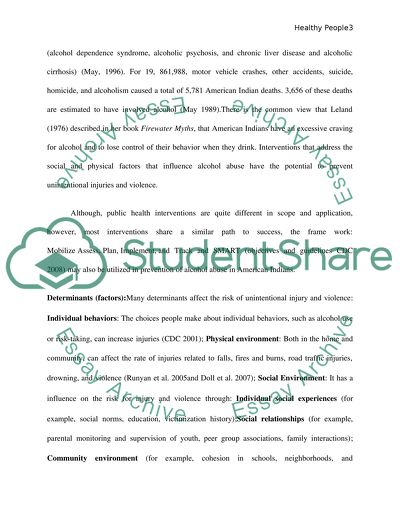Cite this document
(“HEALTHY PEOPLE Essay Example | Topics and Well Written Essays - 3000 words”, n.d.)
Retrieved from https://studentshare.org/environmental-studies/1419285-healthy-people
Retrieved from https://studentshare.org/environmental-studies/1419285-healthy-people
(HEALTHY PEOPLE Essay Example | Topics and Well Written Essays - 3000 Words)
https://studentshare.org/environmental-studies/1419285-healthy-people.
https://studentshare.org/environmental-studies/1419285-healthy-people.
“HEALTHY PEOPLE Essay Example | Topics and Well Written Essays - 3000 Words”, n.d. https://studentshare.org/environmental-studies/1419285-healthy-people.


